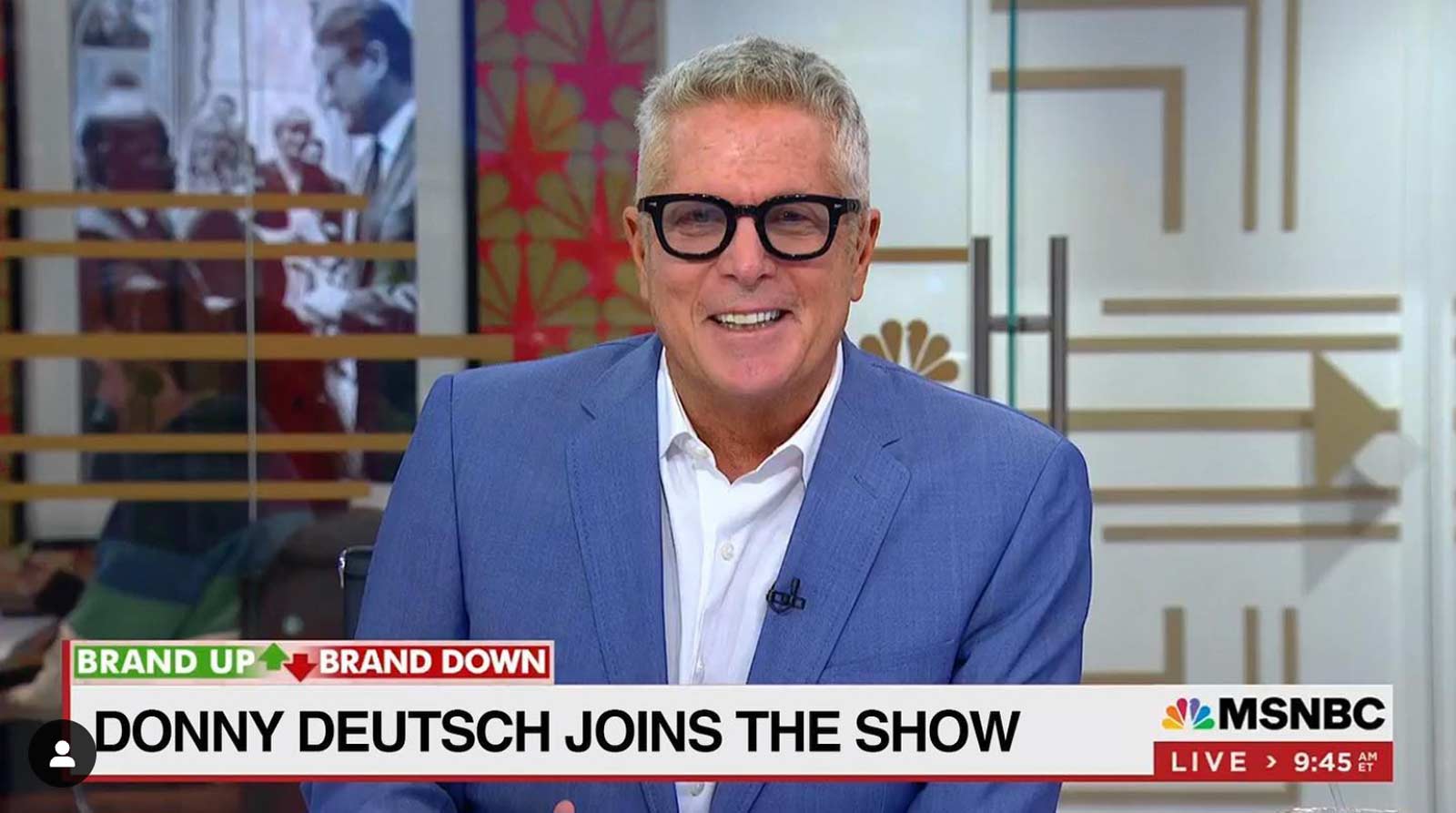Too often, those of us in the crypto community can only shake our heads at political figures and government regulators who don’t know what they’re talking about when they propose or impose new laws and regulations on this emerging space. So it’s refreshing when you come across someone who sees the big picture — and treats it as an opportunity to be nurtured, not as a threat to be snuffed out.
Hesther M. Piece, a commissioner on the Securities and Exchange Commission since 2018, is one of the handful of regulators in Washington who clearly gets it. Her talk to the Texas Blockchain Summit on Oct. 8, titled Lawless in Austin, painted one of the more thoughtful visions of where crypto has the potential lto take us.
Regardless of your political affiliation, this is an insider’s perspective that’s worth wider circulation. So I thought it would be worthwhile to excerpt parts of her speech here:

Lawless in Austin
The West of the past called to people who were chafing against the staid and stale societies of the East and looking to throw themselves into building a new future in a more promising place. The Western frontier was a place for the adventurous, the rough around the edges, the idealists, the free-thinkers, and the restless. …
The crypto frontier, like the Wild West, appears pretty wild at first glance: home to lots of codeslingers and speculators and some hucksters too, this new West also has its inter- and intra-protocol fights, friendships forged through shared difficulties and successes, colorful personalities, passions, dreams, hardships, spectacular failures, and remarkable victories. But as in the West of the past, there is order and discipline in all of that rough and tumble. Because crypto is built on code, the code itself serves as a governor of conduct. But crypto is built on people too, and these people hold each other accountable not only through unbridled public discourse, but through using or not using a protocol. Protocol users, competitors, bug bounty hunters, and sophisticated skeptics monitor protocols for hints of centralization, administrator keys vulnerable to compromise, slow speed, high costs, lax security, and so forth. A system outage, rugpull, insider trading incident, or exposed flaw in the code gives rise to an inevitable firestorm. Decentralized communities collectively figure out how to deal with unanticipated problems. These cooperative and competitive disciplining mechanisms have helped to clean up the crypto frontier though there is more work to be done. The persistence of both self-regulation and calls by the crypto community for clarity from government regulators suggest that lawlessness is not the prevailing culture of the crypto frontier.
On the other hand, ironically, our gunslinging ways in the old, supposedly staid, government regulatory world back East are causing people to question our commitment to the rule of law. …
Is there really legal clarity around digital assets?
A fundamental area of conflict between the SEC and the public is how much legal clarity there is around digital assets. The safe harbor I proposed for token distribution events acknowledges there is uncertainty about when crypto asset offerings implicate the securities laws, but the prevailing attitude at the SEC is that there is clarity, so why bother with a safe harbor?
The idea that there is clarity as to when crypto assets are securities must come as a surprise to the lawyers advising crypto projects that have struggled with this issue for years. Take, for example, the public feedback we received relating to the Commission’s statement regarding the custody of digital asset securities by broker-dealers, which distinguishes between “digital asset securities” and “non-security digital assets,” the latter of which we will not permit to be custodied by special purpose broker-dealers. In response, many commenters asked for clarity on what constitutes a “digital asset security” and asserted that it would be unfair to expect a broker-dealer to conduct the analysis given the lack of clarity. Moreover, if clarity means that essentially all tokens are to be deemed securities, then why even establish a Commission positon on special purpose broker-dealers at all?
Are we fighting for investors or fighting for jurisdiction?
As stablecoins grow in popularity, they are drawing increasing interest from an array of regulators jockeying for regulatory position. Should stablecoin issuers be registered as banks? Should stablecoins be backed by deposit insurance? Should stablecoins be designated as systemically important by the Financial Stability Oversight Council? Are stablecoins money market funds? Should the Consumer Financial Protection Bureau step in to protect consumers?
Given the stunning growth of stablecoins, regulators understandably are asking whether they fit into an existing regulatory framework and what their consumer protection and long-term financial stability implications are. As they undertake this inquiry, however, I hope they will do so with an appreciation for the following:
- Many people find stablecoins to be a convenient payments tool that facilitates the movement and exchange of cryptocurrencies, so any regulatory step that would curtail the use of stablecoins must be justified by a benefit that outweighs the lost convenience.
- Regulators should be careful with broad generalizations since stablecoins are not uniform in operation, peg, underlying reserves, or transparency.
- Overly broad application of the law to capture stablecoins inadvertently might capture other products and services.
- Attempts to dismiss stablecoins by drawing on the experience with 19th century private bank notes are based on a misunderstanding of both.[23]
- While trying to understand stablecoins is fine, stablecoin fear is unwarranted. As Federal Reserve Vice Chair Randal Quarles explained:
We do not need to fear stablecoins. The Federal Reserve has traditionally supported responsible private-sector innovation. Consistent with this tradition, I believe that we must take strong account of the potential benefits of stablecoins, including the possibility that a U.S. dollar stablecoin might support the role of the dollar in the global economy.

Are we protecting investors or denying investors opportunity?
Embedded within the negative Wild West analogy for the crypto-frontier is a concern that unwitting and unwilling investors are being harmed by participating in the crypto markets. To those who do not view the opportunity to participate in these markets as valuable, the lack of regulatory clarity in the United States could actually be a way of protecting investors from harm: If ambiguity prevents them from participating, so much the better! From this perspective, that some projects and platforms, for example, exclude Americans because of regulatory uncertainty is actually a good thing. It is only the projects that fail to keep Americans out that face enforcement actions.
Widespread geoblocking of Americans should concern American regulators. Why would we want US participants to be excluded from receiving [airdrop tokens and] the reward due them?
Widespread geoblocking of Americans should concern American regulators even if it does lighten their regulatory load. Consider, for example, recent well-publicized examples of airdrops that excluded Americans. An airdrop is essentially a free allocation of tokens to, for example, participants in a network. These tokens are a way of rewarding network participants. Why would we want US participants to be excluded from receiving the reward due them? Take a look at Twitter after one of these airdrops— the SEC is not being thanked. …
Are we going to pretend everything is centralized so we can regulate it?
Chair Gensler [SEC chairman Gary Gensler] has pointed out correctly that labeling something decentralized does not necessarily make it so. We saw this phenomenon at play in a recent purported DeFi enforcement action, which charged a company and two top executives that ran an illegal offering. And maybe it was at play to a lesser degree in a case from several years ago against the creator of a decentralized trading venue that had some centralized features.
But what happens when we are dealing with a protocol that facilitates peer-to-peer or person-to-code transactions without a centralized intermediary? Is there anyone who could be held liable in a manner consistent with the rule of law and our constitutional principles? Can we hold responsible the developer of an open-source protocol for how others use it or what others layer on top of it?
Perhaps we should not even get to these questions. After all, if people avail themselves of an automated market maker to exchange crypto, have they not done so with an appreciation that it is the code that determines how that trade will happen and that nobody stands ready to reverse a bad trade? Truly decentralized platforms do not mesh well with a regulated approach designed for centralized finance. …
Are we catching bad actors or creating a Catch 22?
The good actors want to know which digital assets are securities so they can figure out how to comply with the securities laws, but we have done little during my nearly four years on the Commission to explain what that would look like. I lay the blame on myself and my colleagues on the Commission. We simply have not allowed staff the latitude to consider the hard questions around how crypto can operate within the securities framework. The way forward is not to drag entities in to the Commission through enforcement actions and brute force them into a regulatory regime that is not actually well-suited for them. Rather, we should take a methodical approach, one that provides answers to the key questions to which market participants need answers. …
If we intend to demand registration of entities in the crypto space, we have to give our staff the permission to do the hard work of figuring out how the rules will apply given the unique aspects of the business and to seek broad public input through a transparent regulatory (not enforcement) process in doing so.
Conclusion: The ride West
The stakes are high because the government is riding into crypto town with the promise that it can do a better job than the existing informal disciplinary mechanisms. We do have regulatory experience that we can bring to bear here, but we have to do so carefully. As government agencies consider how to regulate, they ought to take their lead from Congress, work collaboratively with one another, and actively consult the public who will be subject to and protected by the rules. I might approach this whole endeavor with a less strict hand than some of my fellow regulators, but the real question is not what I or any other regulator wants, but what you the people—the intended beneficiaries of this regulation—want. I am eager to see what you accomplish on the crypto frontier once we set some sensible, clear regulatory parameters.
To paraphrase the standard closing words of a popular crypto podcast, which follow an appropriate warning about the riskiness of the space, “[You] are headed West. This is the frontier. It’s not for everyone. . .”






